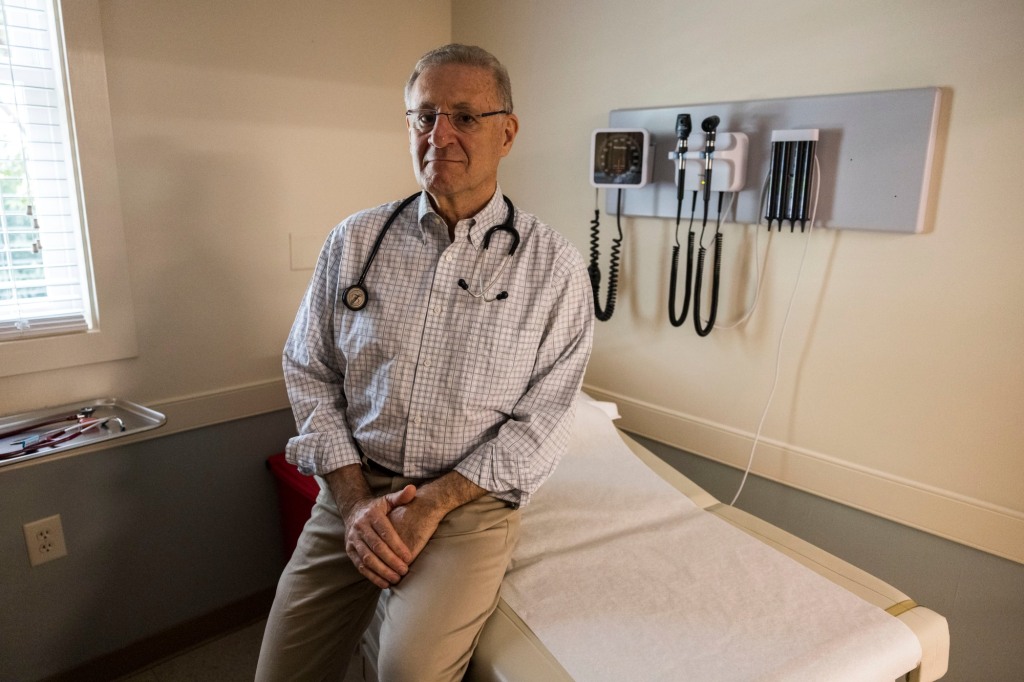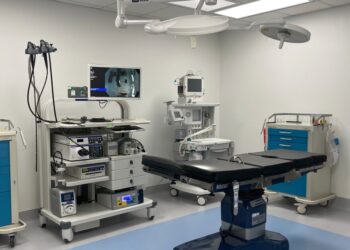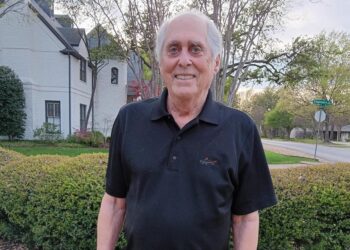Dr. Chris Hakim lives in a version of the not-so-distant past.
He practices modern medicine and spends as much time as he likes with patients without issue — a departure from the growing trend in health care.
“The patient is now seeing a physician who doesn’t decide how much time he spends with a given patient,” Hakim said. “Those things are dictated by someone else. There are guidelines to everything and they come from administration.”
Over the 35 years Hakim has been working in health care, he’s learned the heartbeat of good care’s rhythm is the trust and relationship between patient and provider. His second 15 years practicing and running an independent practice with up to 25 employees, he saw how things were changing and adapted as best he could.
But those forces causing changes have been “turbocharged” in recent years, according to Hakim. The rheumatologist saw firsthand how some patients, particularly older ones, struggled to deal with the shifting landscape of obtaining care from people facing their own pressures in providing it.
The rise of administration has stretched physicians and encouraged private practices to join with systems that could provide infrastructure to meet new IT burdens and deal with government- and industry-sponsored plans so the physician could spend more time focusing on health again.
“Patients are witnessing the change of command here and who is in control, who is making all these decisions and it’s changing the experience all around,” Hakim said.
Millions of Americans stopped having a primary care provider between 2002 and 2015, according to a Harvard Medical School Researchers study completed in 2019. The sector is grappling with a wave of retirements and not enough doctors taking their places — causing an increasing reliance on a series of other health care providers with less formal training to fill that space.
They all share the drive to make people feel better, whether they are nurse…
Read the full article here







